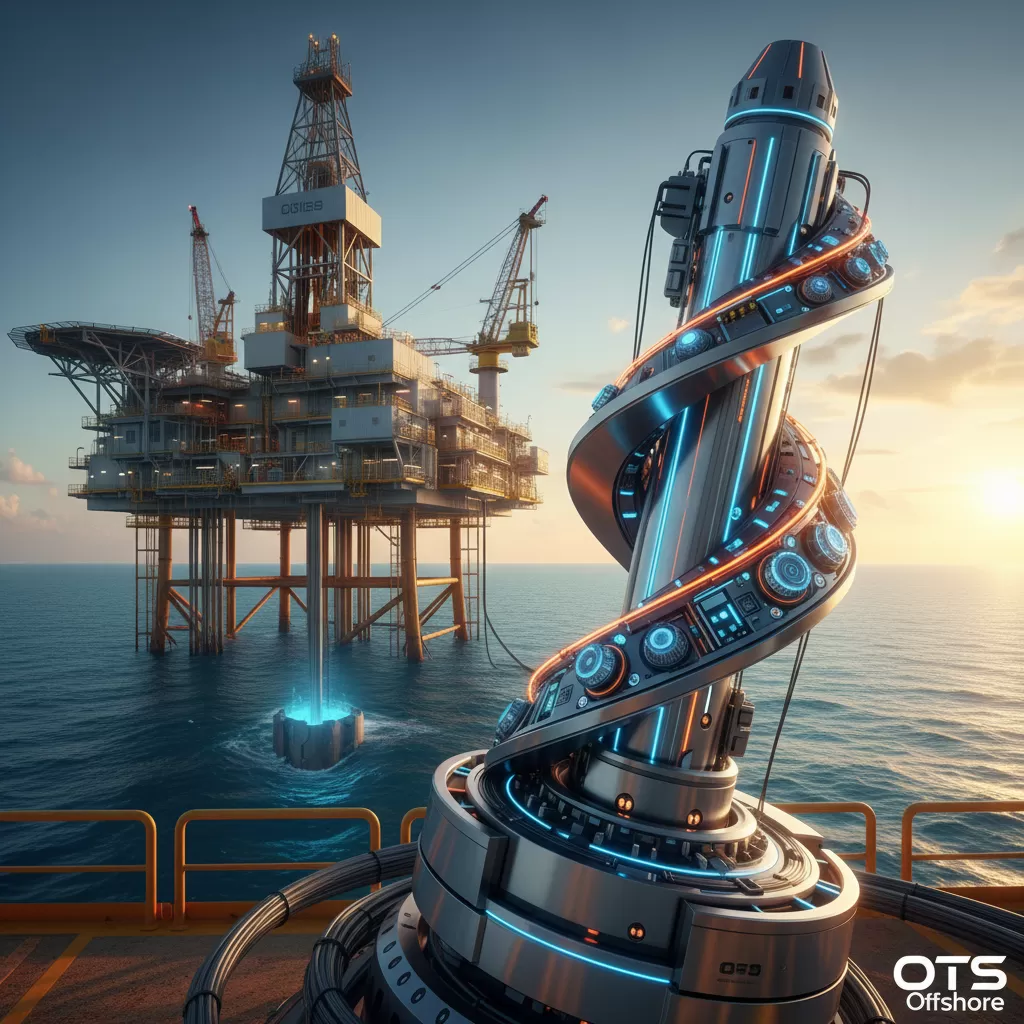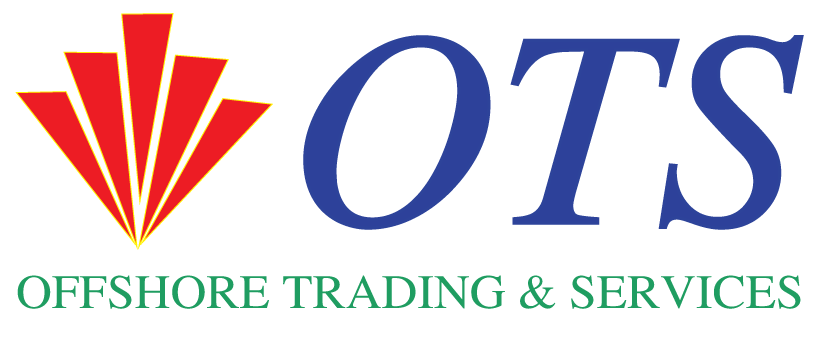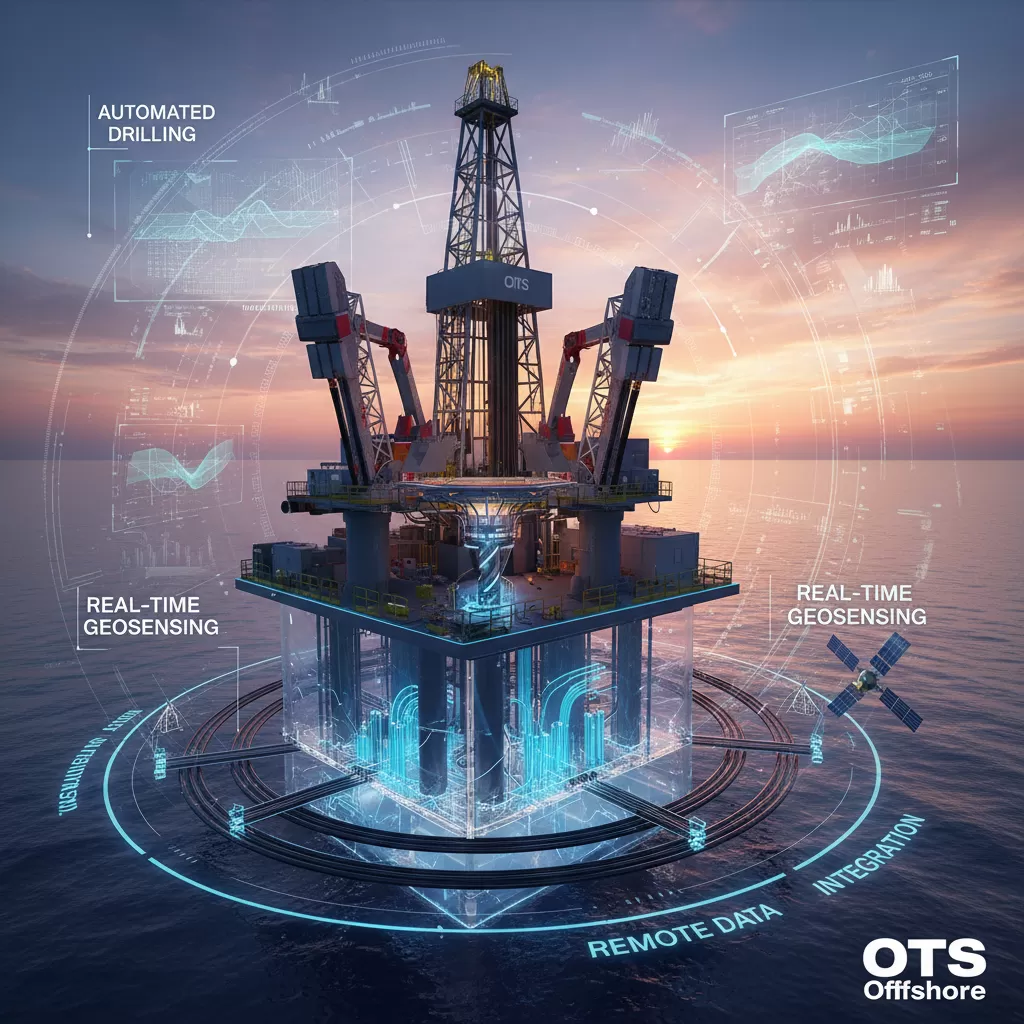This article delves into the advanced technological capabilities of modern drilling rigs and their associated equipment, crucial for efficient and safe well construction in the oil and gas industry. We will explore the evolution of these systems, key innovations, and their impact on operational performance and resource extraction.
The Evolving Technological Capability of Drilling Rigs and Associated Equipment in Well Construction
The contemporary landscape of oil and gas exploration and production is intrinsically linked to the sophisticated Technological Capability Drilling rigs and their associated equipment possess. As the industry confronts increasingly complex reservoirs, deeper formations, and stringent environmental regulations, the demand for cutting-edge technology in well construction has never been higher. This relentless pursuit of advancement is driven by the imperative to optimize efficiency, enhance safety, reduce operational costs, and maximize hydrocarbon recovery. The intricate interplay between the drilling rig itself and its ancillary systems forms the bedrock of successful well intervention and new well development. Understanding the nuances of this technological prowess is paramount for geoscientific professionals, drilling engineers, and operational managers alike.
Understanding the Core Components of Enhanced Technological Capability Drilling
The Technological Capability Drilling apparatus is not a singular entity but rather a complex ecosystem of interconnected systems, each contributing to the overall effectiveness of the well construction process. The evolution of these components reflects a paradigm shift from purely mechanical operations to highly automated, data-driven, and precision-engineered solutions. The primary objective remains the safe and efficient creation of a borehole, but the methods employed have undergone a radical transformation. This transformation is characterized by advancements in power generation, mechanical systems, automation, control interfaces, and downhole tools, all working in concert to achieve operational excellence.
Power Systems: The Unseen Engine of Technological Capability Drilling
At the heart of any modern drilling operation lies its power system, a critical determinant of the Technological Capability Drilling offers. Historically reliant on diesel engines, the industry has seen a significant shift towards more efficient and environmentally conscious power solutions.
– Advanced diesel-electric systems: These combine the reliability of diesel engines with the flexibility and efficiency of electric motor drives. They allow for precise control of torque and speed, leading to improved drilling performance and reduced fuel consumption. Variable frequency drives (VFDs) are integral to these systems, enabling fine-tuning of motor operation.
– Gas turbine generators: For offshore operations, gas turbines offer high power density and can utilize associated gas, improving operational economics and reducing flaring. Their ability to deliver substantial power output supports the energy demands of complex drilling operations.
– Renewable energy integration: While still in nascent stages for primary rig power, the integration of solar and wind power for auxiliary systems is being explored, contributing to a greener footprint. This is a growing area of interest as the industry seeks sustainable solutions.
– Power management and distribution: Sophisticated power management systems ensure optimal energy utilization, minimizing waste and ensuring consistent power delivery to all critical drilling equipment, from the drawworks to the mud pumps.
Drilling Rig Machinery: The Physical Manifestation of Technological Capability Drilling
The physical machinery of the drilling rig has been a focal point for technological innovation, aiming for increased load capacity, enhanced maneuverability, and improved safety. The Technological Capability Drilling is directly correlated with the sophistication of these mechanical marvels.
– Top drive systems: These have largely replaced rotary tables, offering superior torque control, faster connections, and enhanced safety by eliminating the need for a kelly. Their ability to rotate the drill string from above allows for more efficient drilling in a variety of formations.
– Drawworks and hoisting systems: Modern drawworks are designed for greater lifting capacity and precise control, enabling the safe deployment and retrieval of heavier drill strings and casing. Advanced braking systems and automated weight-on-bit controls contribute to safer operations.
– Mud pumps: High-pressure, high-volume mud pumps are essential for circulating drilling fluid, which cools the bit, removes cuttings, and maintains wellbore stability. Variable speed drives on mud pumps allow for precise flow rate control, critical for different drilling phases.
– Blowout preventers (BOPs): While not directly part of the rig machinery in terms of movement, the technological advancements in BOPs are critical to the overall safety and Technological Capability Drilling. Redundant systems, faster closing times, and advanced monitoring systems are standard.
– Automated pipe handling: Robotic and automated pipe handling systems significantly reduce manual labor, improving safety by minimizing personnel exposure to hazardous operations. These systems can precisely manage the placement and connection of drill pipe.
Automation and Control Systems: The Brains Behind Technological Capability Drilling
The integration of sophisticated automation and control systems has revolutionized the Technological Capability Drilling, moving towards “lights-out” operations in certain phases and enabling remote monitoring and control.
– Integrated drilling control centers: These centralized hubs provide real-time data acquisition and analysis, allowing engineers to monitor all aspects of the drilling operation, from downhole parameters to surface equipment status. Advanced visualization tools are key.
– Programmable Logic Controllers (PLCs) and Supervisory Control and Data Acquisition (SCADA): PLCs manage the automated functions of various equipment, while SCADA systems collect and transmit data, providing a comprehensive overview of the drilling process.
– Remote monitoring and diagnostics: Cloud-based platforms and advanced communication technologies enable remote experts to monitor drilling operations, diagnose issues, and provide guidance, especially crucial for remote or challenging locations.
– Automated drilling functions: Features such as automated weight-on-bit, rate of penetration control, and automatic directional steering enhance drilling efficiency and reduce human error.
– Real-time data analytics: Machine learning algorithms and predictive analytics are increasingly used to interpret drilling data, anticipate potential problems, and optimize drilling parameters for maximum efficiency.

The Crucial Role of Associated Equipment in Enhancing Technological Capability Drilling
Beyond the rig itself, a host of specialized associated equipment is indispensable for leveraging the full Technological Capability Drilling. These components are designed to perform specific functions with precision and reliability under extreme conditions.
Downhole Tools: The Frontline of Technological Capability Drilling
Downhole tools are the workhorses that directly interact with the formation, and their technological advancements have been a major driver of improved well construction outcomes.
– Measurement While Drilling (MWD) and Logging While Drilling (LWD) tools: These provide critical real-time data on formation properties, wellbore trajectory, and drilling parameters. Advanced MWD/LWD tools can transmit high-resolution data, enabling immediate decision-making.
– Rotary Steerable Systems (RSS): RSS technology allows for continuous rotation of the drill string while steering the wellbore with high precision, crucial for complex directional and horizontal wells. This significantly improves drilling speed and wellbore quality.
– Downhole motors and mud motors: These provide rotational torque directly at the bit, independent of the surface rotation, enabling faster drilling and precise directional control in specific applications.
– Advanced drill bits: From polycrystalline diamond compact (PDC) bits to innovative hybrid designs, drill bit technology is constantly evolving to penetrate various formations faster and more efficiently, minimizing wear and tear.
– Casing and cementing equipment: Technologies for running and cementing casing have also advanced, including self-sealing casing, advanced cementing slurries, and automated cementing units, ensuring well integrity.
Surface Support Equipment: Enabling Seamless Technological Capability Drilling Operations
Efficient surface support equipment is vital for the smooth functioning and overall Technological Capability Drilling.
– Solids control equipment: Systems for separating drill cuttings and other solids from drilling fluid are crucial for maintaining fluid properties, reducing costs, and minimizing environmental impact.
– Swivel and rotary hose systems: These provide the connection for circulating drilling fluid while the drill string is rotating. Modern systems are designed for higher pressures and improved durability.
– Well control equipment: Beyond BOPs, this includes choke and kill manifolds, accumulators, and gas busters, all critical for managing well pressures and preventing blowouts.
– Auxiliary equipment: This encompasses everything from mud mixing systems and water treatment units to catering and accommodation modules, all contributing to the operational efficiency and crew welfare.
Driving Factors Behind the Advancement of Technological Capability Drilling
Several interconnected factors are continuously pushing the boundaries of Technological Capability Drilling, shaping its trajectory and demanding greater sophistication.
– Geologic complexity: The easy-to-access hydrocarbon reserves are diminishing, pushing exploration into more challenging and unconventional formations, such as deepwater, ultra-deepwater, shale plays, and Arctic regions. These environments necessitate advanced drilling solutions.
– Economic pressures: The constant drive to reduce the cost of exploration and production fuels the demand for technologies that improve drilling efficiency, reduce non-productive time (NPT), and enhance hydrocarbon recovery. Every percentage point saved in drilling costs translates to significant financial gains.
– Environmental stewardship: Increasingly stringent environmental regulations worldwide mandate the development of technologies that minimize emissions, reduce waste, and prevent pollution. This includes more efficient power systems, closed-loop drilling fluid systems, and enhanced spill containment.
– Safety imperatives: The inherent risks associated with drilling operations necessitate continuous improvement in safety technologies. Automation, remote monitoring, and advanced well control systems are paramount in protecting personnel and assets.
– Digitalization and Big Data: The oil and gas industry is embracing digital transformation, leading to the development and implementation of sophisticated data acquisition, analysis, and management systems that underpin advanced Technological Capability Drilling.

The Future Trajectory of Technological Capability Drilling
The evolution of Technological Capability Drilling is far from over. The industry is poised for further innovations driven by artificial intelligence, advanced robotics, and the increasing focus on sustainability.
– AI-powered drilling optimization: Artificial intelligence will play a more significant role in real-time decision-making, predictive maintenance, and optimizing drilling parameters for unprecedented efficiency. Machine learning algorithms will be able to identify subtle patterns that human operators might miss.
– Enhanced automation and robotics: Further automation of complex tasks, including directional steering and wellbore cleanup, will reduce human intervention and improve safety. Robotic systems may handle increasingly complex maintenance and operational tasks.
– Subsea and autonomous drilling systems: The development of fully subsea drilling systems and autonomous rigs capable of operating with minimal human oversight is a long-term goal, especially for deepwater and remote frontier exploration.
– Advanced materials: The use of novel materials in drill bits, downhole tools, and rig components will lead to greater durability, reduced weight, and improved performance in extreme environments.
– Integrated subsurface intelligence: A more seamless integration of surface drilling data with subsurface geological and reservoir models will enable a more holistic approach to well construction, optimizing reservoir drainage and production.
The continuous advancement in the Technological Capability Drilling rigs and their associated equipment is not merely an incremental improvement but a fundamental transformation of how hydrocarbon resources are accessed and produced. It represents a sophisticated synthesis of mechanical engineering, electrical engineering, computer science, and geosciences, all working in synergy to meet the energy demands of the world in a safer, more efficient, and more sustainable manner. The ongoing innovation ensures that the industry remains at the forefront of technological deployment, tackling ever more challenging frontiers with increasing confidence and capability.








